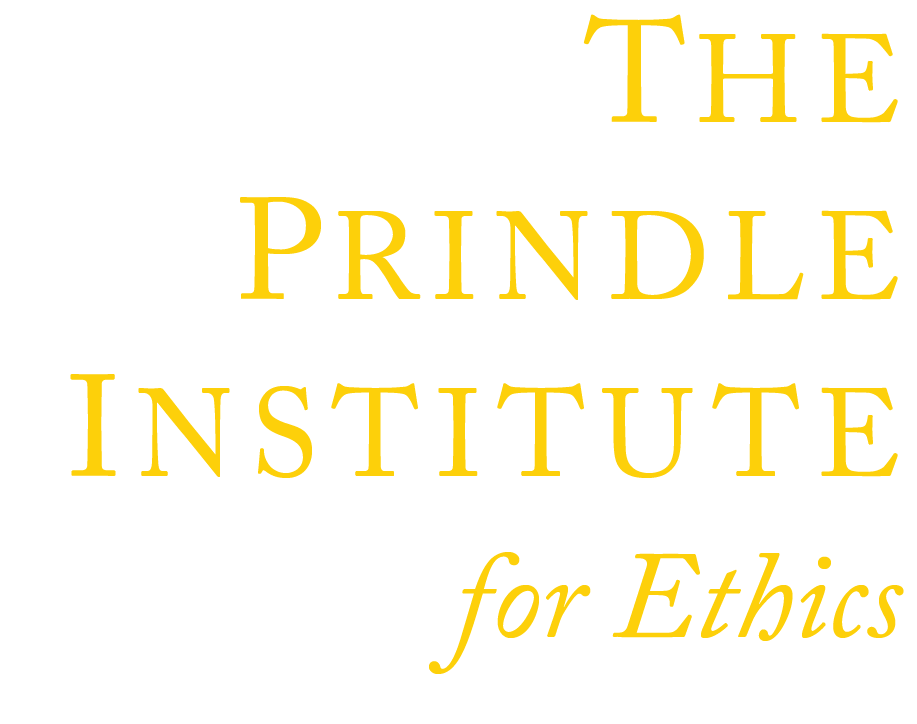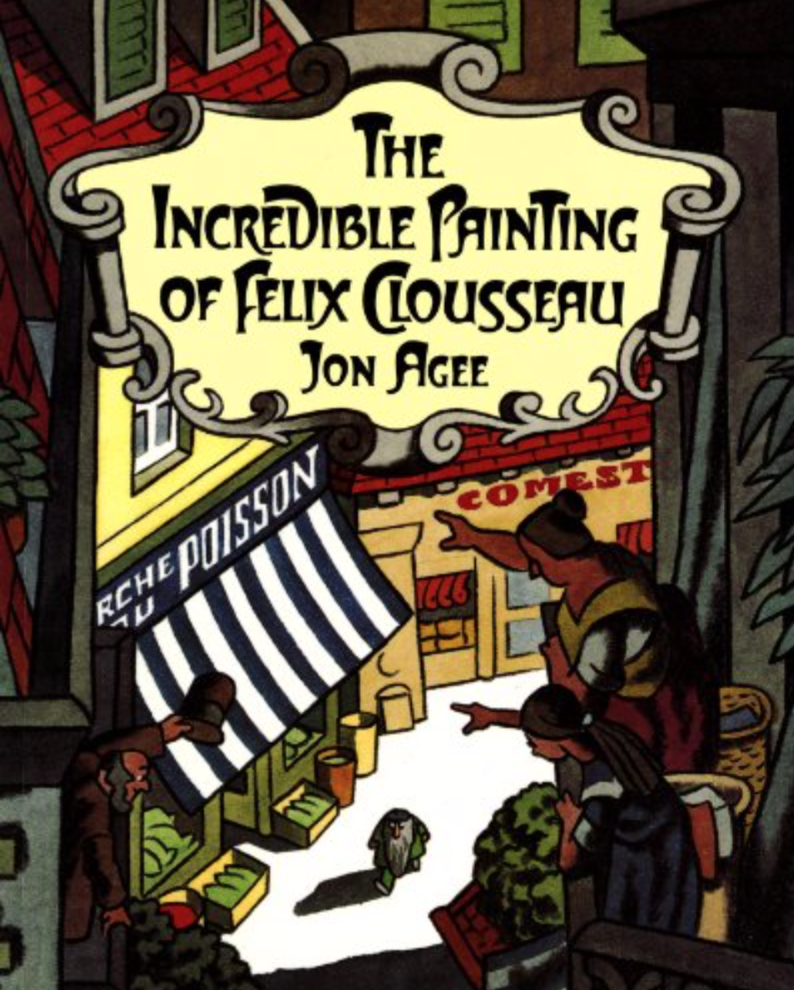The Incredible Painting of Felix Clousseau
Book Module Navigation
Summary
The Incredible Painting of Felix Clousseau examines questions about art and how we judge it.
The Incredible Painting of Felix Clouseau revolves around the story of an uncelebrated artist named Felix Clousseau, who enters his paintings into a contest held by the Royal Palace in France. At first, Clousseau’s painting in dubbed ‘outrageous.’ But then his painting comes alive! Clousseau wins the contest and acquires instant fame. However, when more of his paintings come to life and chaos ensues in Paris, Clousseau is sent to prison until a painting of his helps to catch a notorious burglar and Clousseau is released. Clousseau goes back to his studio… and walks back into his painting.
Read aloud video by Ms. Acevedo
Guidelines for Philosophical Discussion
The Incredible Painting of Felix Clousseau raises philosophical questions about the role of realism in art. Throughout the book, we see judgments about Clousseau’s paintings change as they come to life. In some instances, his paintings are celebrated as they come to life; in others, they are scorned. This brings us to think about what the goal of artists should be.
At the beginning of the story, we are introduced to the philosophical discussion of the influence of preconceived ideas and notions as we judge aesthetics. When Clousseau enters his painting into the contest and competes against celebrated artists, his paintings are dubbed ‘outrageous’ next to those paintings created by the famous artists. These comments raise questions concerning standards for judgment. The first question set focuses on why his paintings were laughed at, and if it was fair to assume that because Clousseau was not famous, his paintings were worse than the paintings of artists who were famous. Is it safe to assume that all paintings created by one good artist are good? For example, we often hear people say, “It is a Picasso.” Therefore, we assume the painting is good. We need to question how true is it to claim that all paintings created by these artists are better than those made by an artist who might not be as celebrated as Picasso.
Another philosophical issue that arises in the story includes the debate on the goal of art and its nature. Clousseau’s painting is scorned until it comes to life. Once it does come to life, Clousseau wins the contest and attains fame. This brings us to ask what the goal of art should be. Realists believe that the goal of art should be to recreate objects according to secular empirical values that are considered to exist in reality without being subject to interpretation or embellishment. Realists also believe that art is a vehicle for truth and it therefore acts as an important tool for society to judge the present. Therefore, getting aesthetic principles wrong is to fundamentally mislead society. To make this conversation more accessible to the students, the debate should focus on making the children think about what they think about a painting that was not ‘real.’ For example, a painting with a pink elephant, a spotted tiger, or a dog with wings does not accurately depict reality, but does that make it a bad painting?
Finally, the book also draws our attention to the debates of the subjectivity of art. When a boa constrictor comes to life and scares the French aristocrat, the painting is considered dangerous, and Clousseau is sent to jail. This brings us to the debate on what influences our judgment about art and the debate on the subjectivity versus objectivity of art. Some people celebrated Clousseau’s ‘live’ paintings, while others, like the French aristocrat, did not. In the same manner, some may believe that art cannot and should not be limited to the narrowness of ‘reality’ or ‘the truth’; instead, art should be autonomous and should be free from ‘rules.’ This highlights the difference of opinion when it comes to art. The children can be asked to compare their favorite paintings and if it is okay that different people like different paintings.
Questions for Philosophical Discussion
Judging art
When Clousseau entered his painting, the judges called it “outrageous.”
- Look at the painting. Do you agree with the judges that the painting was outrageous? Why?
- Was it fair for the judge to assume his painting was bad because he wasn’t famous yet? Were the judges fair to Clousseau?
- Do all famous artists paint ‘good’ pictures? Are all of their pictures good?
- Can an artist who is not famous paint better pictures than an artist who is famous?
The goal of art
All over the city, Clouseau’s paintings come alive, and he is celebrated for it.
- Do you think his painting should have won when it came alive? Why or why not?
- Did you like the painting before the painting came alive? After? Would you have liked all his paintings after they came alive?
- Should every artist try to make their paintings look as ‘real’ as possible?
- Are there some paintings that depict things that are not ‘real’ that you like?
The nature of art
The judge liked Clousseau’s paintings when it came alive, but the French aristocrat didn’t.
- Is it okay for two different people to like different paintings?
- Is it okay for different people to judge art differently?
- If so, who is a good judge of art? ( who could really say if Clousseau’s paintings were good or not)
Original questions and guidelines for philosophical discussion archived here. Edited June 2020 by The Janet Prindle Institute for Ethics.
Find tips for leading a philosophical discussion on our Resources page.






